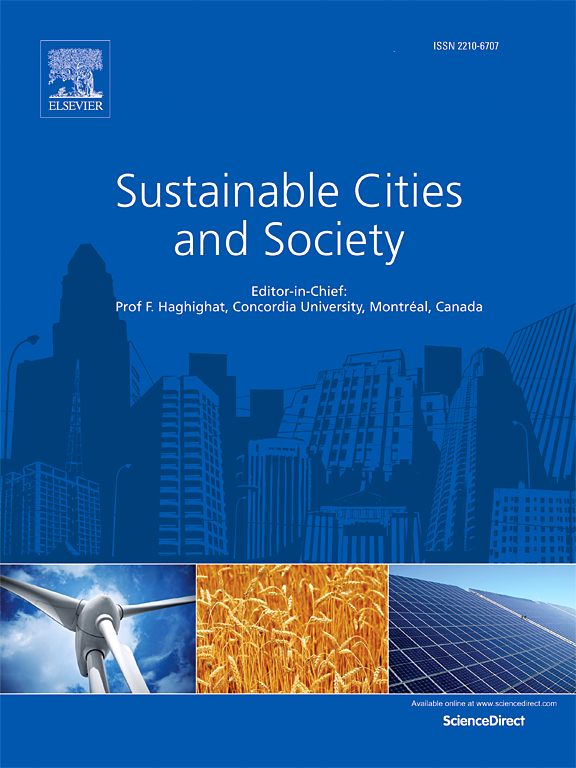Planning for livable compact vertical cities: A quantitative systematic review of the impact of urban geometry on thermal and visual comfort in high-rise precincts
IF 10.5
1区 工程技术
Q1 CONSTRUCTION & BUILDING TECHNOLOGY
引用次数: 0
Abstract
Globally, urbanisation and population growth trends are fundamentally reshaping cities. More compact vertical urban forms are emerging in a greater diversity of locations. However, research since the 1960s has consistently raised questions about the health and wellbeing consequences of living the “high life”. The Covid-19 pandemic also brought into sharp focus potential vulnerabilities. A quantitative systematic literature review process has identified the current state of research on high-rise (HR) precincts with respect to four key environmental quality objectives that have implications for health and wellbeing - thermal comfort, daylighting, visual privacy, and outlook. The review selected 72 studies and identified widely accepted and proven concepts, methods, and variables; correlations; and gaps in the current literature. Broad ranging evidence to support the setting of planning and urban design parameters in HR precincts with respect to urban heat, ventilation, and daylighting was identified, but there is limited evidence to support measures aimed at supporting visual privacy, and outlook. Research has confirmed associations between the objectives and a limited number of urban geometry variables including building height. Increasingly, green surface cover is of interest but the relative benefits of green strategies over urban form strategies is yet to be proven in a range of climate contexts. A person-environment fit research framework is presented to support multi-objective optimisation and cross-cutting research connecting urban planning, urban physics, and urban health related research. The integration of post-occupancy evaluations to ensure that lived experience, satisfaction, and preferences are considered in the weighting of objectives is advocated.

求助全文
约1分钟内获得全文
求助全文
来源期刊

Sustainable Cities and Society
Social Sciences-Geography, Planning and Development
CiteScore
22.00
自引率
13.70%
发文量
810
审稿时长
27 days
期刊介绍:
Sustainable Cities and Society (SCS) is an international journal that focuses on fundamental and applied research to promote environmentally sustainable and socially resilient cities. The journal welcomes cross-cutting, multi-disciplinary research in various areas, including:
1. Smart cities and resilient environments;
2. Alternative/clean energy sources, energy distribution, distributed energy generation, and energy demand reduction/management;
3. Monitoring and improving air quality in built environment and cities (e.g., healthy built environment and air quality management);
4. Energy efficient, low/zero carbon, and green buildings/communities;
5. Climate change mitigation and adaptation in urban environments;
6. Green infrastructure and BMPs;
7. Environmental Footprint accounting and management;
8. Urban agriculture and forestry;
9. ICT, smart grid and intelligent infrastructure;
10. Urban design/planning, regulations, legislation, certification, economics, and policy;
11. Social aspects, impacts and resiliency of cities;
12. Behavior monitoring, analysis and change within urban communities;
13. Health monitoring and improvement;
14. Nexus issues related to sustainable cities and societies;
15. Smart city governance;
16. Decision Support Systems for trade-off and uncertainty analysis for improved management of cities and society;
17. Big data, machine learning, and artificial intelligence applications and case studies;
18. Critical infrastructure protection, including security, privacy, forensics, and reliability issues of cyber-physical systems.
19. Water footprint reduction and urban water distribution, harvesting, treatment, reuse and management;
20. Waste reduction and recycling;
21. Wastewater collection, treatment and recycling;
22. Smart, clean and healthy transportation systems and infrastructure;
 求助内容:
求助内容: 应助结果提醒方式:
应助结果提醒方式:


